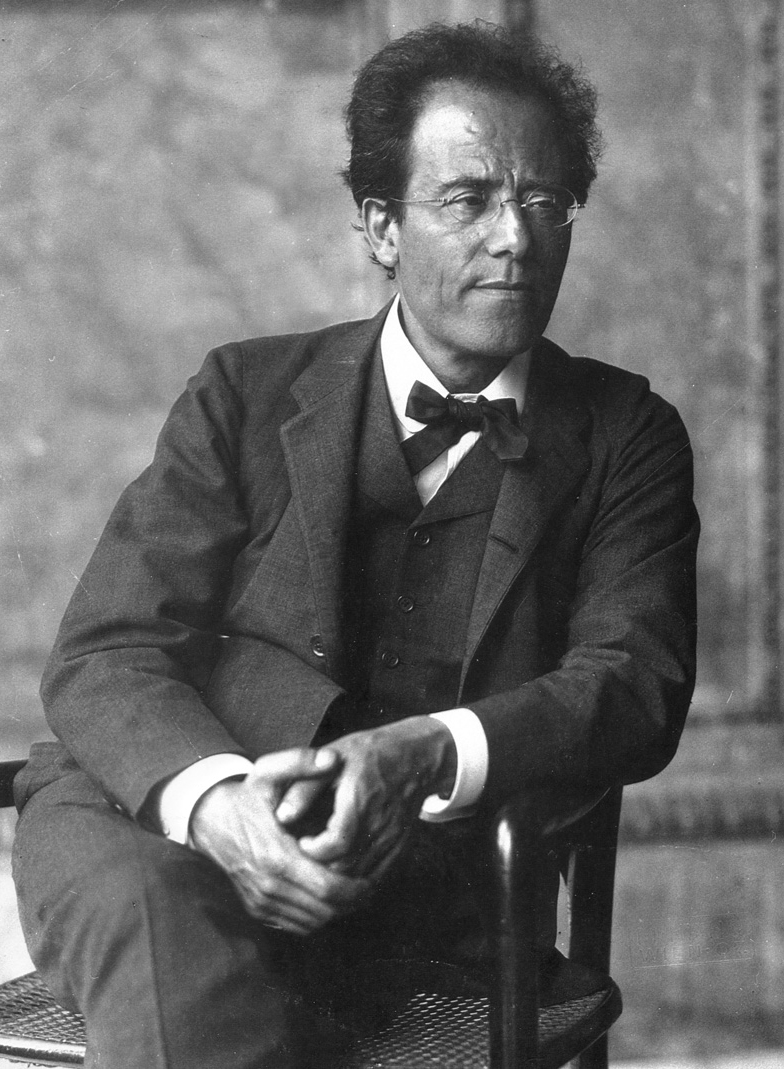
(Early 20th century Viennese skyline)
If you are a fan of Caleb Carr’s trilogy, THE ALIENIST, THE ANGEL OF DARKNESS, and SURRENDER NEW YORK which focus on murder investigations of Dr. Laszlo Kreitzer, an early practitioner of psychoanalysis as a tool is solving violent crime you will enjoy the works of Frank Tallis. Tallis, a clinical psychologist and author of over fifteen fiction and non-fiction titles has written A DEATH IN VIENNA, the first of his seven Max Lieberman novels. Lieberman is a scientist who supports many of the innovative ideas put forth by Dr. Sigmund Freud and applies them when conducting investigations with his colleague, Detective Oskar Rheinhardt.
The novel begins with Detective Rheinhardt called to the scene of the death of a beautiful Viennese medium Charlotte Lowenstein. Her body is found in a room that can only be locked from the inside, she is shot through the heart, but no gun is located. Since the victim was a medium the possibility of something supernatural occurring is considered, but after Lieberman, the detective’s good friend is called that reasoning is rejected especially when one of Lowenstein’s clients is also found dead in a locked room beaten to death.

(Sigmund Freud)
As the novel evolves the reader is exposed to the ambiance of fin-de-siecle Vienna, the seat of the Austro-Hungarian Empire at the turn of the twentieth century. The characters, scenery, dialogue, and cultural representations all speak to Vienna at the turn of the 20th century. There are a number of intrigues that take place at the same time. Dr. Lieberman assists Detective Rheinhardt with cases but also must devote his time to his patients. One in particular highlights the ideas of Dr. Freud.
Miss Amelia Lydgate is a governess working for the Schelling family when she develops hysterical paralysis and a cough with no organic reasoning for these maladies in addition to a secondary personality. Lieberman rejects the approach of a colleague, Dr. Wolfgang Gruner who applies electrotherapy in the hope of achieving a cure. Their interactions highlight the divergence of opinion regarding psychoanalysis in Vienna at the time and Tallis does an excellent job recreating the debate of Freud’s theories by reproducing realistic dialogue providing the reader with a sense of where the study of psychology existed at the time.
Other scenarios emerge as the investigation into Frau Lowenstein’s death proceeds. The medium had a large circle of followers who were with her right before her demise. There was a languid count, a luscious heiress, a businessman, a solid bank manager and his wife, a conman, and a seamstress. Any of these people may have been responsible for the death, but there is little evidence linking any of them to the crime. The murder appears to be one of stagecraft accomplished through smoke and mirrors – for Lieberman it appears to be a crime of illusion.
Tallis does a wonderful job recreating activities among his characters that reflect the historical period. A visit to museums and concerts highlighting the works of Gustav Mahler and Gustav Klimt. The reaction to the rise of anti-Semitism in Vienna led by the likes of Karl Lueger. The accusation and conviction of a Jew for ritual murder who supposedly used the blood of the victim for making matzoh. Further the reader is witness to a Friday night sabbath dinner at the Lieberman’s with the entire family highlighting Jewish tradition, the use of Yiddish, and overall captures the Jewish experience at the time.

| (Gustav Mahler. Taken in the loggia of the Court Opera House by Moriz Nahr – 1907) |
Tallis integrates the murder of Karl Uberhorst, a former lover of Lowenstein (among many!) and someone who may have held many of the dead medium’s secrets. There is a plethora of interesting characters apart from Lowenstein’s circle including Commissioner Brugel who is dissatisfied with the speed of solving the case. Inspector Victor von Bulow, an arrogant know it all who is called to assist in the investigation. Madame Yvette de Rougemont, a supposed medium who is really an actress, and Cosima von Rath, the fiancée of Hans Bruckmueller, a member of Lowenstein’s circle.
Tallis has constructed a careful whodunit. He guides the reader throughout from the crime scenes, the debate of the application of psychoanalysis in solving crimes, the use of traditional and newer police methodology, and the interaction between characters very nicely. The murder mystery is well written with particular emphasis on Viennese society and culture and the story has become a mini-series on Public Television entitled “Vienna Blood.” The story is fast paced combining science and traditional approaches to criminology and I look forward to reading other novels involving the duo of Lieberman and Rheinhardt.

(Vienna, 1902)
